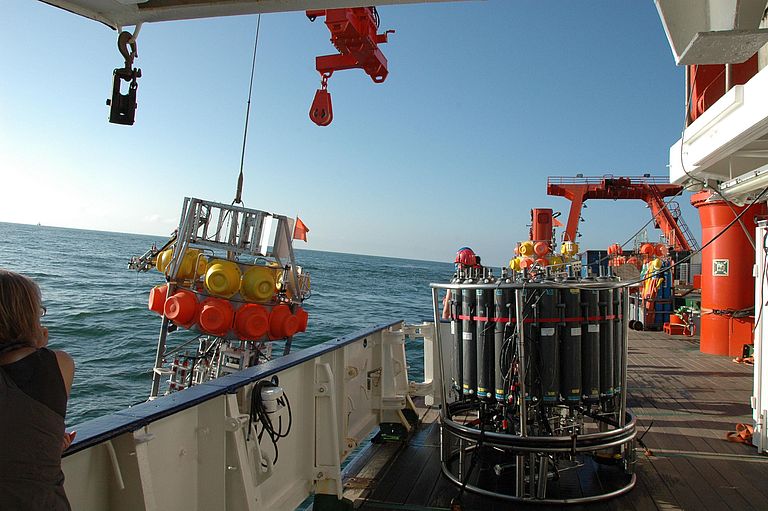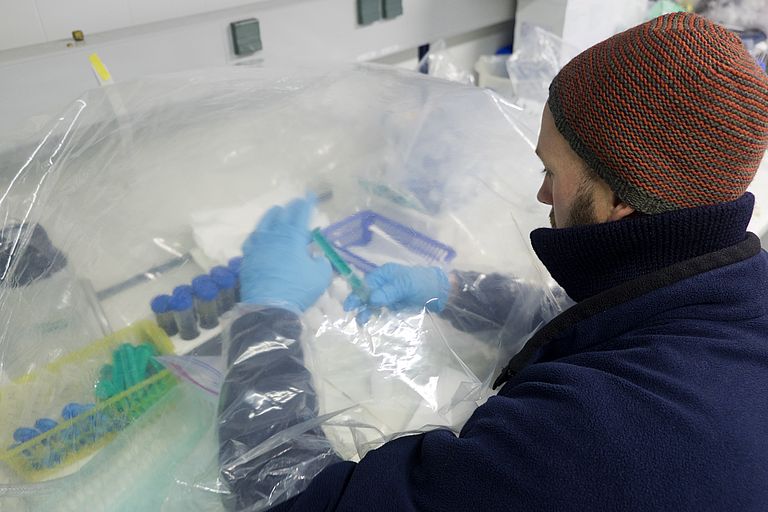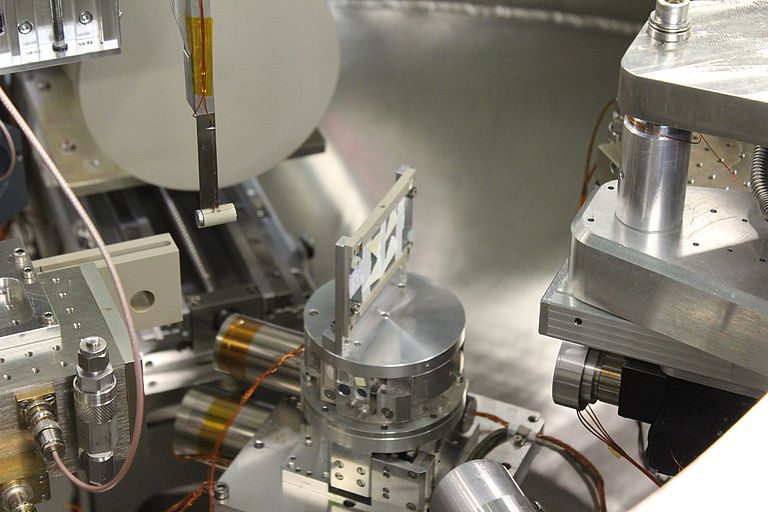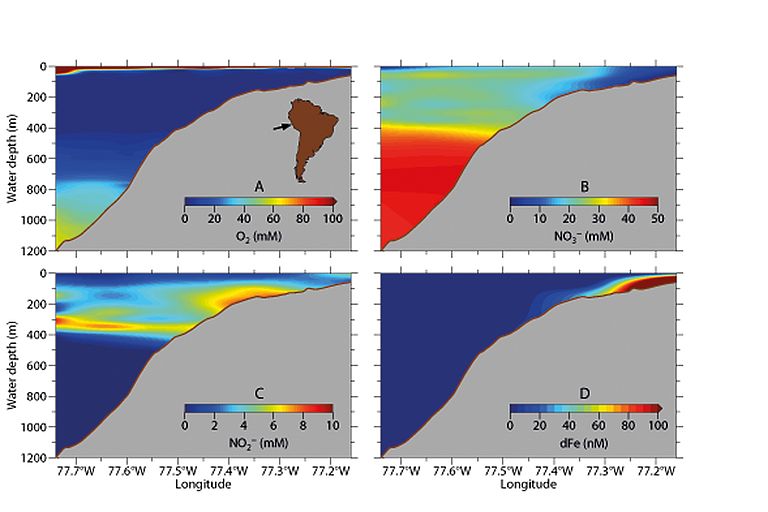Conundrum of missing iron in oxygen minimum zones solved
International research team discovered important biogeochemical process in the ocean
In principle, there is no lack of iron on Earth as the metal is one of the most abundant elements in the Earth's crust. However in the ocean, dissolved iron is very rare, since it reacts rapidly with oxygen forming iron minerals which are poorly soluble and therefore unavailable for organisms. Nevertheless, dissolved iron is an essential nutrient for life. Without iron there would be no plankton growth, no food chain, no photosynthesis and no carbon fixation in the oceans. The sources of this micronutrients is therefore a central question for marine research. In theory, plenty of dissolved iron should be present in low-oxygen areas because there the reaction partner oxygen is missing. However, measurements show that this is not the case even in the large and essentially anoxic oxygen minimum zones of the tropical oceans.
An international research team lead by scientists from GEOMAR Helmholtz Centre for Ocean Research Kiel carried out a complex interdisciplinary study in the context of the Collaborative Research Project (SFB) 754 "Climate-Biogeochemistry Interactions in the Tropical Ocean" and discovered a process which explains the iron removal under anoxic conditions. “The results can also help to understand fundamental processes in the nitrogen and the carbon cycle”, explains Dr. Florian Scholz from GEOMAR. He is the first author of the study, which has recently been published in the international journal Earth and Planetary Science Letters.
The conundrum about the relative "iron deficiency" in the tropical oxygen minimum zones was even greater since previous studies had shown that in these regions huge amounts of iron are released in the ocean from anoxic sea floor sediments. “However, only a small part of this iron reaches the surface layers and the open ocean where biological productivity is limited by iron”, Florian Scholz explains. Thus, the question was: Which process is removing the iron from the seawater?
In order to solve this question, the team took samples from the seabed, from the boundary layer between the seabed and seawater, as well as from different water layers in the tropical oxygen minimum zone during the Expedition M92 with the German research vessel METEOR in January 2013. These samples were then extensively investigated for chemical, physical and biological parameters.
“Among other tasks microbiologists carried out genetic analyses of the microorganisms living in the water in order to evaluate which metabolic processes are predominant”, Scholz explains. In addition, the team studied particle samples from the water column at the synchrotron radiation source at the Karlsruhe Institute of Technology (KIT). With this analysis they were able to determine which iron minerals occur in the different water layers.
These analyses revealed that the iron reacts with nitrate instead of oxygen. This is due to certain microorganisms, which are also responsible for the decomposition of bioavailable nitrogen. “So far, these processes have not been detected in oxygen minimum zones”, Florian Scholz explains, “but they are important to understand the overall system. Only when we know when and where certain nutrients are available for plankton growth we can also estimate how much carbon the plankton can bind by photosynthesis and thus remove from the atmosphere”.
As head of a new Emmy Noether junior research group funded by the German Science Foundation, Dr. Florian Scholz will continue to study the fluxes of iron and other micronutrients across the seafloor in the coming years. “At present, we are further developing existing, autonomous deep-sea laboratories such that they can also detect very small concentrations of certain trace elements, such as iron. Yet, we do not fully understand the circumstances under which seafloor sediments represent a source or a sink for these essential elements”, emphasizes the biogeochemist.
Note:
The work was carried out within the framework of the Collaborative Research Project (SFB) 754, "Climate Biogeochemistry Interactions in the Tropical Ocean" and BICYCLE, "Benthic Iron Cycling in Oxygen Minimum Zones and Implications for Ocean Biogeochemistry" (7th Framework Programme of the EU, Marie-Curie International Outgoing Fellowship, Grant No. 300648).
Scientific Paper:
Scholz, F., C.R. Löscher, A. Fiskal, S. Summer, C. Hensen, U. Lomnitz, K. Wuttig, J. Göttlicher, E. Kossel, R. Steininger, and D.E. Canfield, 2016: Dependent iron oxidation limits iron transport in anoxic ocean regions. Earth and Planetary Science Letters, 454, 272-281, http://dx.doi.org/10.1016/j.epsl.2016.09.025
Contact:
Jan Steffen (GEOMAR, Communication & Media), Phone: +49-431 600-2811, presse(at)geomar.de






